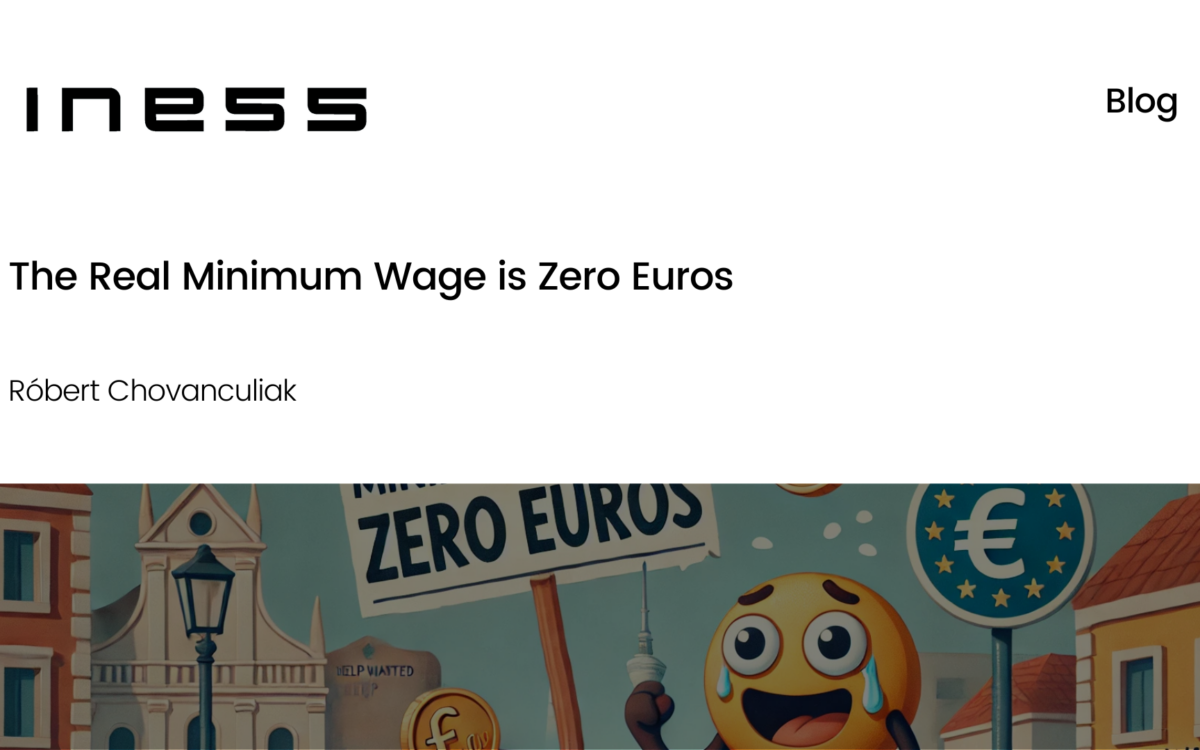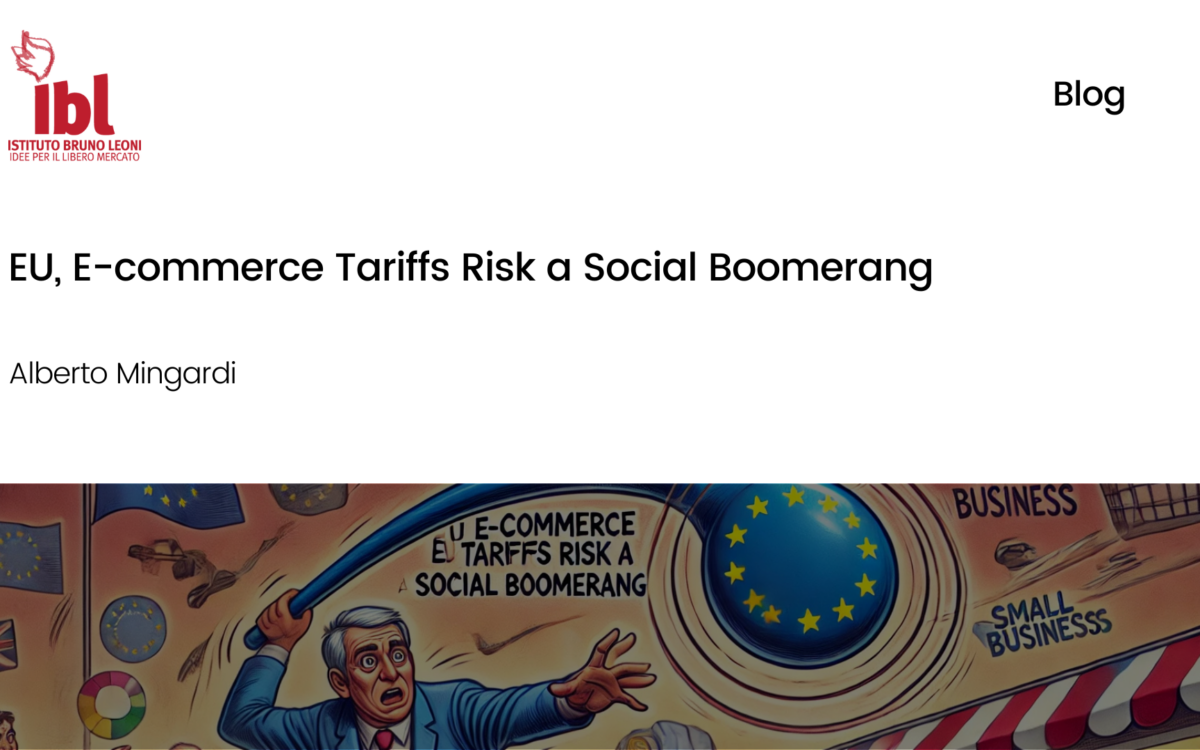The EU’s Hydrogen Ambitions: a New Gold Fever

The EU’s Hydrogen Ambitions: a New Gold Fever
Christopher Jakoubek // 27 January 2023
As European economies aim to lessen their dependence on Russia, while also keeping with plans to reach carbon emission neutrality by 2050, EU member states need to find feasible ways to lessen their reliance on fossil fuels.
This is where ‘green hydrogen’ can play a role. This form of hydrogen is produced entirely using renewable electricity, such as wind or solar power. As the EU aims to become carbon neutral by 2050, many in Brussels see hydrogen as a new source of energy which would be key to achieving a reduction in fossil fuel imports. In its 2020 hydrogen strategy, the EU stated that by 2050, it wants hydrogen to be a key source of energy for industries that are hard to decarbonise, such as the refining and chemical sectors. This would mean that green hydrogen would be replace current fossil fuel–based hydrogen in refineries, the production of ammonia, and steel-making.
Yet, even if current energy prices incentivise heavy industries to switch to green hydrogen, supplies are nowhere to be seen. The EU produces only around 10 million tonnes of hydrogen, ironically, by burning CO2-intensive sources such as coal and gas, which reportedly produce ten times more CO2 than hydrogen. The EU has set up a European Clean Hydrogen Alliance, which aims to facilitate investment in over 750 projects, with a focus on production and infrastructure to combat the lack of domestic production. Currently, the EU is ranked third in terms of hydrogen production capability following the US and China.
The United States produces approximately 10 million metric tons of hydrogen a year, of which 95 per cent of is grey hydrogen, produced by burning gas. The US Department of Energy is pushing for the so-called ‘1–1–1’ goal, which is to cut costs from the current $5 per kilogram by 80 per cent to $1 per 1 kilogram in 1 decade. The associated bill also provides a $3 per ton subsidy for low-carbon hydrogen production to incentivise private enterprises to increase production.
When it comes to China, the world’s largest hydrogen producer, most hydrogen production relies on burning coal. In its 14th Five-Year Plan, China prioritised green hydrogen as a key renewables-based energy source, with the ambitious goal of increase the share of green hydrogen to 50 per cent of all hydrogen production by 2030. However, the credibility of these plans is questionable at best.
So, what are the main obstacles stopping the EU from becoming a hydrogen power? These include the elevated costs of production, the lack of existing transportation, the need for international standards and a consistent EU regulatory framework. Regardless of what the EU chooses to do, the first large-scale green hydrogen production facility will most likely be established outside of the EU, in countries such as Oman, Mauritania, or Australia who have been investing in production and export capabilities for many years.
The real issue may lie in the exclusive focus on importing hydrogen. The physical limitations of liquid hydrogen start to show when it comes to its physical volume. Hydrogen’s desnity is 25 per cent of that of jet fuelś and only 40 per cent of the of LNG’s. Since ships cannot be larger than a particular size to enable them to traverse canals, they can carry only a certain volume of material. As hydrogen has low density, a greater volume will need to be transported. Thus, ships would need to make more trips to transport the same amount of energy. Effectively, even Q-Max (Largest LNG carrier) size ships will need to make 2.5 trips to carry the same amount of energy as one cargo ship of LNG. One does not need to be a shipping expert to know that 2.5 more trips means 2.5 times higher costs. This would make seaboard hydrogen almost four times more expensive than LNG, effectively making it financially incompetitive.
Pipelines are a possible solution as the transportation costs would be significantly lower; however, they present physical limitations. Europe can feasibly access hydrogen through pipelines from Norway, North Africa, and even the Gulf states, but no pipeline will ever be able to connect it to places such as the USA, Australia, and China. This means that hydrogen will most likely remain a localised source of energy, or – if imported – a very expensive one.
The prohibitive costs of long-distance imports will inevitably lead energy-intensive industries to migrate to regions with cheap clean energy. This paints a bleak picture for European industry, as it is not economically possible to import iron ore from Brazil and hydrogen from Australia and make steel in Europe at globally competitive costs.
Many politicians and businesses have made significant political and financial commitments to establishing green hydrogen as a energy source, which will eventually lead to the decarbonisation of certain sectors, and may even create high demand for green hydrogen. The real worry is that billions of euros will be wasted on dead-end infrastructure in the wrong part of the world.
If the EU wishes to spend a considerable amount of money on making green hydrogen a mature source of energy, then it needs to remove commercialisation barriers such as the lack of political predictability, administrative burdens that stand in the way of pilot projects in some member states. This will make private businesses more likely to commit larger investments, which is key to producing cost-competitive hydrogen locally.
To promote investments by private enterprises, governments will need to provide stable EU and national policies that aim to reduce expensive regulations, implementing single market rules to prevent protectionist policies, and, lastly, setting goals for organisations such as the European Fund for Strategic Investment to reach a specific percentage of private investment in member state projects.
Finally, harmonising standards and regulations, such as certificates of origin reqirements, to remove entry barriers for private companies trying to enter the European market will lead to seamless access across member states.
As pointed out above, green hydrogen is still very much in its initial stages and will require support from both governmental entities and private funding to be able to overcome some of the many issues mentioned in this article. Only time will tell if green hydrogen will become cost-competitive and ecological enough to allow for a greener future.
EPICENTER publications and contributions from our member think tanks are designed to promote the discussion of economic issues and the role of markets in solving economic and social problems. As with all EPICENTER publications, the views expressed here are those of the author and not EPICENTER or its member think tanks (which have no corporate view).



